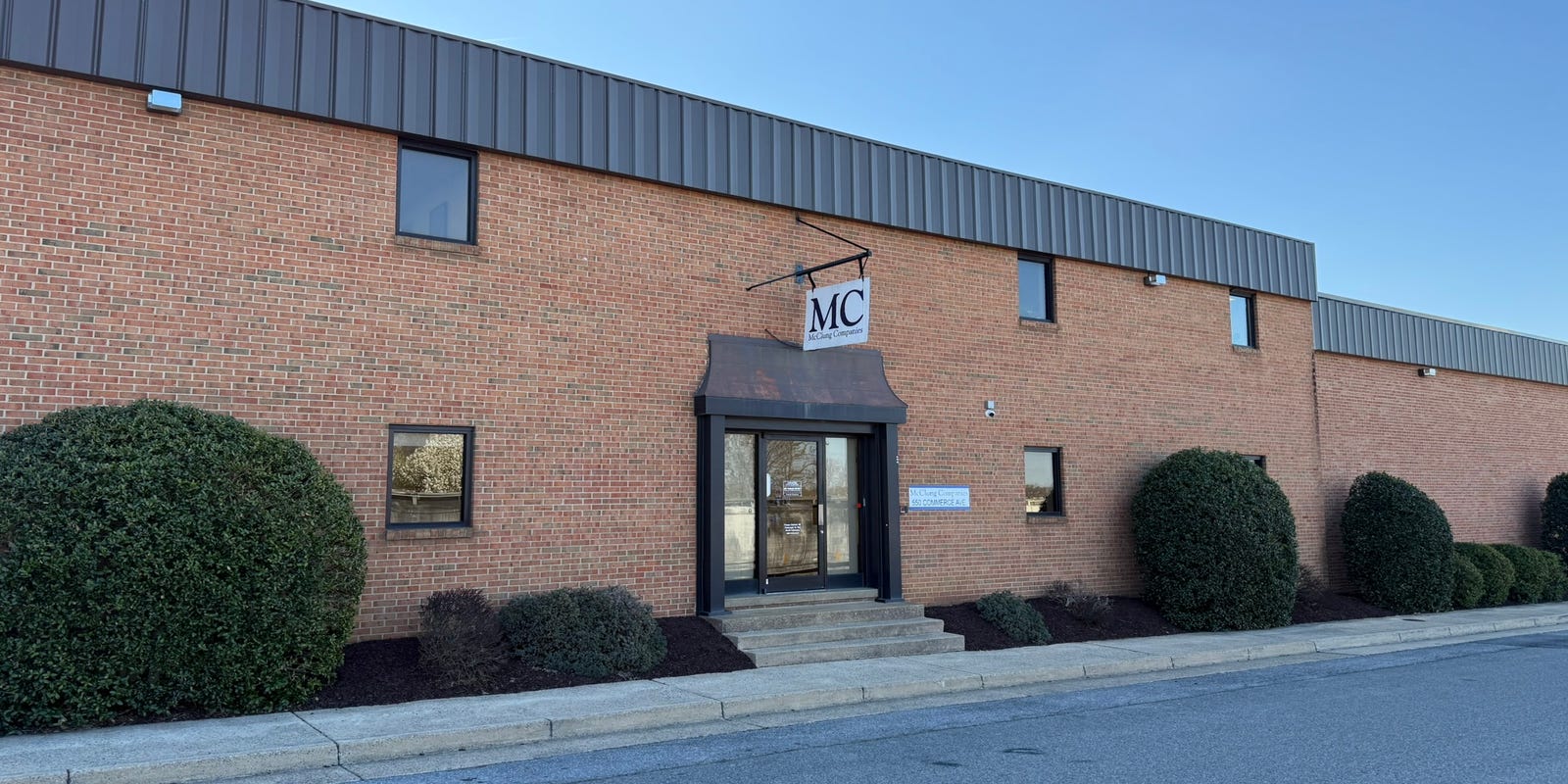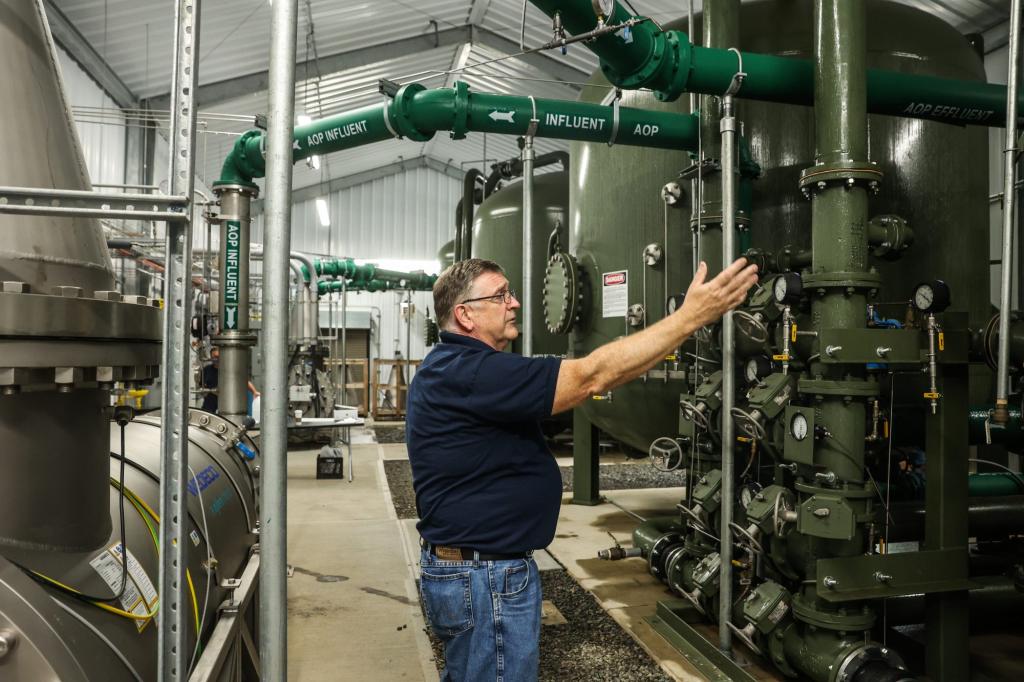Swedish Business Braces for Impact: Trump's Tariff Tsunami Threatens Economic Calm
Companies
2025-04-08 10:00:00Content

In a bold move that's set to reshape transatlantic trade dynamics, the United States has unveiled a new tariff strategy targeting European Union goods, imposing a substantial 20% levy that promises to send ripples through international markets.
For Swedish agricultural machinery manufacturer Väderstad, this development presents a complex landscape of potential challenges and unexpected opportunities. With an existing production foothold in the United States, the company is uniquely positioned to navigate the shifting trade terrain.
While the tariff package could initially seem like a significant hurdle, Väderstad's strategic presence in the US market provides a potential buffer against the immediate economic impact. The company's ability to produce locally may offer a competitive advantage, allowing them to potentially mitigate the additional costs associated with import tariffs.
As global trade continues to evolve, Väderstad stands as a testament to adaptability, demonstrating how forward-thinking companies can transform potential obstacles into strategic opportunities in an increasingly unpredictable economic environment.
Trade Tensions Reshape Agricultural Machinery Landscape: Väderstad's Strategic Pivot in the US Market
In the ever-evolving global economic arena, international trade policies continue to reshape industrial strategies, with agricultural machinery manufacturers finding themselves at the crossroads of geopolitical and economic transformations. The recent implementation of tariffs between the United States and European Union represents a critical inflection point for companies seeking to maintain competitive advantages and operational resilience.Navigating Turbulent Trade Waters: A Strategic Imperative for Global Manufacturers
The Tariff Landscape: Understanding Economic Pressures
The introduction of a 20% tariff on European goods by the United States has sent ripples through multiple industrial sectors, compelling companies to reassess their international manufacturing and distribution strategies. For agricultural machinery manufacturers like Väderstad, this economic challenge represents both a potential threat and an unexpected opportunity for strategic repositioning. The complexity of international trade dynamics demands sophisticated responses from global enterprises. Väderstad's proactive approach of maintaining production facilities within the United States demonstrates a nuanced understanding of geopolitical economic pressures. By establishing domestic manufacturing capabilities, the company effectively insulates itself from potential trade barriers and currency fluctuations.Strategic Manufacturing Resilience: Väderstad's Adaptive Model
Multinational corporations increasingly recognize the importance of geographical diversification in manufacturing operations. Väderstad's existing production infrastructure in the United States provides a strategic buffer against potential economic disruptions, enabling the company to maintain competitive pricing and supply chain stability. The company's ability to navigate these complex trade environments reflects a broader trend of industrial adaptability. By maintaining production capabilities across multiple jurisdictions, Väderstad can dynamically respond to changing tariff landscapes, regulatory environments, and market demands.Economic Implications and Market Transformation
The current trade tensions between the United States and European Union represent more than a simple economic transaction. They signify a fundamental reshaping of global industrial relationships, where companies must continuously innovate and adapt to maintain their competitive positioning. For agricultural machinery manufacturers, these challenges necessitate a holistic approach that combines technological innovation, strategic manufacturing placement, and sophisticated market understanding. Väderstad's response exemplifies a forward-thinking strategy that prioritizes resilience and flexibility in an increasingly complex global economic ecosystem.Technological Innovation and Market Adaptation
Beyond traditional manufacturing considerations, companies like Väderstad must simultaneously invest in technological innovation and market-specific customization. The ability to rapidly develop products that meet localized agricultural needs while maintaining global manufacturing efficiency becomes a critical competitive advantage. The intersection of trade policy, technological innovation, and strategic manufacturing represents a complex but exciting frontier for global industrial enterprises. As economic landscapes continue to evolve, companies that can effectively navigate these multifaceted challenges will emerge as leaders in their respective sectors.RELATED NEWS
Companies

Lowe's Defies Expectations: How Marvin Ellison Turned Potential Disaster into Surprising Triumph
2025-03-08 13:30:21
Companies

Climb the Corporate Ladder: 10 Powerhouse Companies Fueling American Career Dreams
2025-04-16 07:12:36
Companies

Breaking: Pulse of Innovation - PFA Technology Revolutionizes Heart Rhythm Landscape at 2025 Conference
2025-04-28 20:13:36





